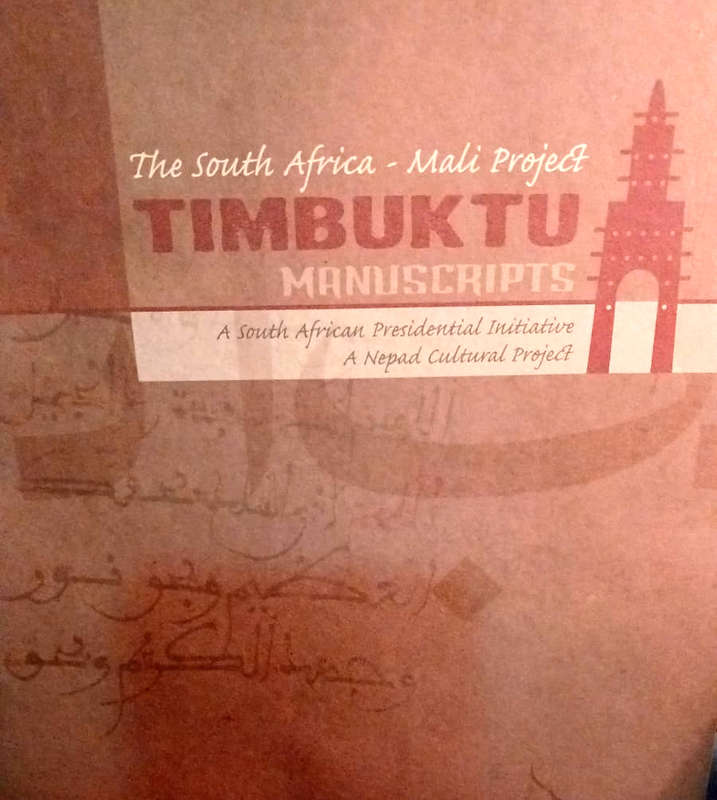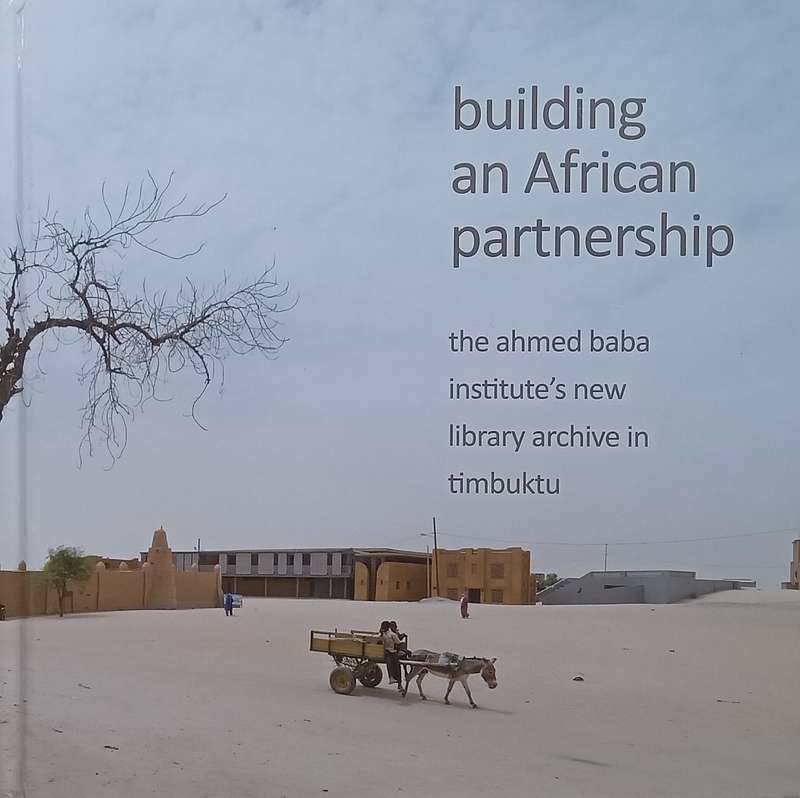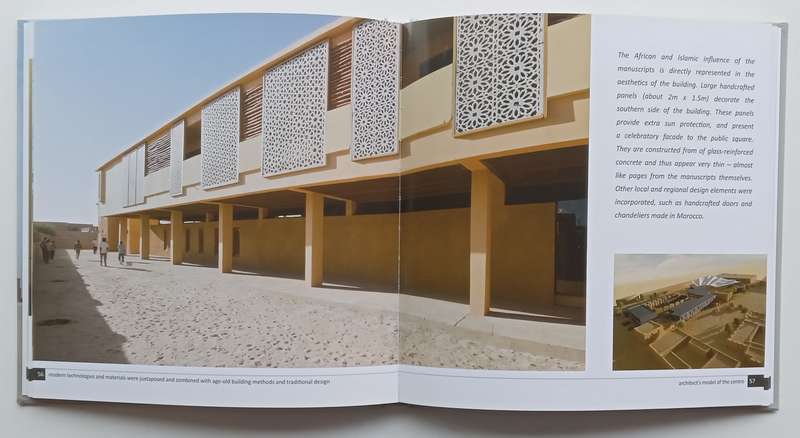





Timbuktu (or Tombouctou) Manuscripts, Mali
Check my rate
| Main centres: | 1-3 business days |
| Regional areas: | 3-4 business days |
| Remote areas: | 3-5 business days |






| Main centres: | 1-3 business days |
| Regional areas: | 3-4 business days |
| Remote areas: | 3-5 business days |
2 volumes
1; The South Africa - Mali Project, Timbuktu Manuscripts, a SA Presential Initiative, booklet, illustrated, 18 pages, 21 cms x 20.8 cms, condition: as new
Includes loose fundraising appeal (one page)
2; Building an African Partnership: The Ahmed Baba Institutes New Library Archive in Timbuktu, published by South Africa-Mali Timbuktu Manuscripts Trust, 2011, in clamshell presentation box, hardcover, illustrated, 121 pages, 21.8 cms x 21.8 cms, condition: as new.
Timbuktu Manuscripts, or Tombouctou Manuscripts, refer to the large number of historically significant manuscripts that have been preserved for centuries in private households in Timbuktu, a city in northern Mali. The collections include manuscripts about art, medicine, philosophy, and science, as well as copies of the Quran. Timbuktu manuscripts are the most well known set of West African manuscripts.
The manuscripts are predominantly written in Arabic in the Arabic script. Some manuscripts are written in African languages using Arabic script, which is known as Ajami; this includes, but is not limited to, Fula, Songhay, Tamasheq, Bambara, and Soninke languages. The dates of the manuscripts range between the late 13th and the early 20th centuries (i.e., from the Islamisation of the Mali Empire until the decline of traditional education in French Sudan). Their subject matter ranges from scholarly works to short letters.
The manuscripts were preserved in the homes of Timbuktu locals before research and digitisation efforts began in the 20th and 21st century.